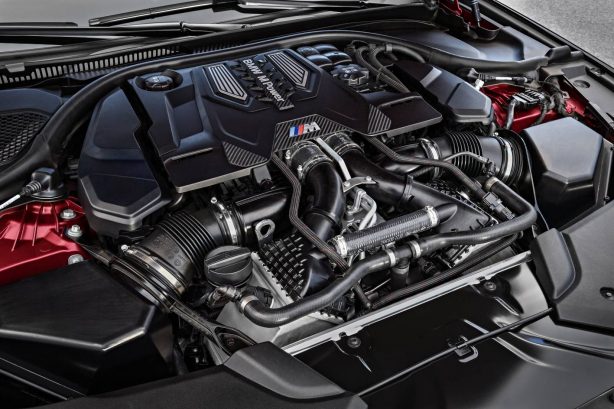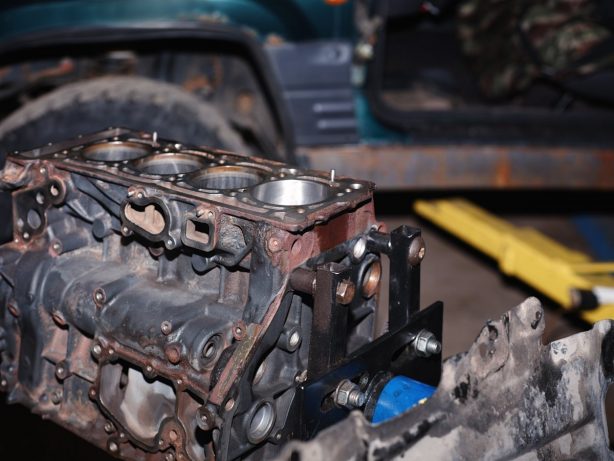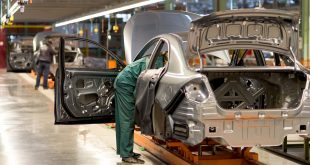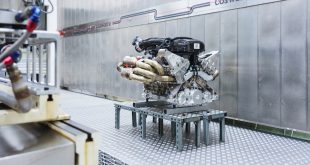The engine is the heart of the vehicle, and it must undergo proper maintenance to make sure that it won’t stall on the road. Your car’s engine can face many issues after production or while in your possession, which is most likely.
A car’s engine is made up of aluminum alloy, and cracks in the block are rare. However, if residue gets into the casting block while under processing, it can create a fissure. The engine block can eventually make it past quality inspection and cause problems to the car user. That said, here are some ways to diagnose a cracked engine block:
1. Check The Lighting Gauges
Check your dashboard first. The gauges will tell you that a crack is present when the dashboard gauges turn on. The coolant, oil, or temperature gauge will act up, and any or all of them is possible. Looking into the engine’s components, or even just outside and you may see additional signs as well.
2. See If The Oil And Antifreeze Mix
Among the sure signs of an engine with a cracked block is when the antifreeze and the engine’s oil begin mixing. Inside the engine are separate routes where the oil and the antifreeze are circulating. There’s a tendency for the two substances to mix once a crack develops near any pathways or trails. Experienced mechanics will be able to tell once the radiator cap is removed and a closer inspection ensues.
3. You Experience Constant Overheating
Your car’s engine is not supposed to overheat, especially when the weather is relatively cold. At the same time, if you’ve only been driving for a short while, that’s also a sign of cracking. A cracked engine block will cause leakage under the vehicle, which is easy to see because a puddle will form. A leak can occur either between the antifreeze or the radiator.
If you’re selling a car for cash and you can’t address overheating issues, you’ll still find willing automobile buyers who can sell your car regardless of its condition, make or model. This way, you’ll eliminate the burden of having to fix an overheating car while having enough money to at least pay for a down payment for a new one.
4. Engine Smoke Is Coming Out Of The Hood
Smoke coming out of the tailpipe is normal, but not when it’s exiting from under the hood. When it’s under the car, the smoke coming out that looks dark grey to black may be coming from a cracked block. The smoke is the unpleasant fumes from engine performance issues that you might want to have looked into by an experienced mechanic.
5. Perform A Compression Test
If your car engine has a crack, it will lack power. An unstable car engine can cause problems, especially if you’re currently driving on the road. A considerable lack of combustion pressure and fuel inefficiency will eventually get you into trouble later if the block cannot be fixed in time. It can lead to misfiring at the start, stop halfway through the drive, or not start at all. You or an engine mechanic may perform a compression test to see its condition. You may find other problems within the engine that could make things worse, such as worn-out components that need replacement.
In Conclusion
Cracked engine blocks are still reparable when taken to the shop in their earliest appearance on the surface. It will take welding and cold metal stitching to make sure that none of the aforementioned signs will occur. If your engine is in good condition, never skip checkup or maintenance to ensure that no cracking happens.
 ForceGT.com Car News, Car Reviews, Video Reviews, Tuning and much more.
ForceGT.com Car News, Car Reviews, Video Reviews, Tuning and much more. 







